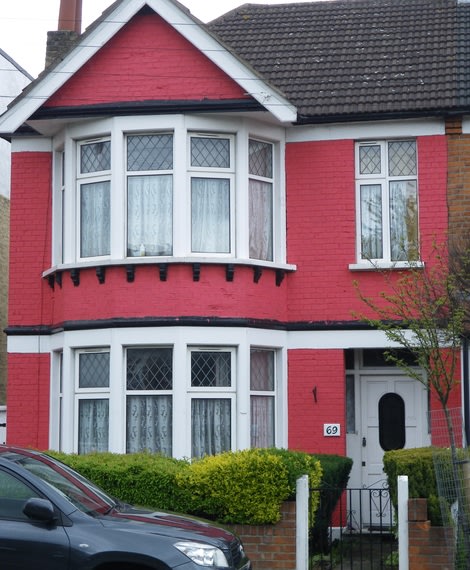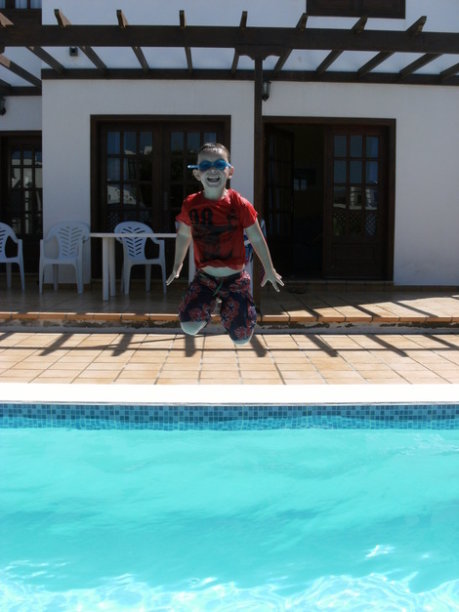With the price of fuel hitting all-time highs, you should check a vehicle's fuel economy, as well as deciding whether you want a petrol or diesel engine.
Also, when doing your sums, you'll need to add on the cost of car insurance, so check to see which of the 50 insurance groups your new vehicle falls into. Likewise, your Vehicle Excise Duty (VED, or 'road tax') could be anything from zero to over £1,000 a year, depending on the car's CO2 emissions.
And then there's the service, maintenance and MoT costs, plus interest charges and fees if you buy using a personal loan or other finance.
The biggest cost of ownership
However, the above list excludes what is often the biggest cost of owning a car: depreciation.Depreciation is the tendency for vehicles – both new and old – to lose value over time. As cars age, they become less valuable, largely because of wear and tear. Generally, the biggest loss of value comes in the first year of a new car's life, when depreciation is at its steepest.
Obviously, this loss of resale value really does matter, because the steeper a vehicle's depreciation, the less you'll get for it when you come to sell and replace it. Depreciation varies widely between makes and models, but typically ranges between 15% and 35% in the first year and can reach 40% or more over three years. Then again, depreciation can be even higher for cars with high mileages and those that haven't been well looked after.
[Earn money back on your fuel spending with a cashback credit card]
Slowing depreciation down
However, it’s not all doom and gloom if you want to buy a new or used car, as some depreciate slower than others and hold onto their value for longer.On the whole, cars that are well-built, reliable and popular tend to hold their values much better than cars seen to be unpopular, unreliable or at the lower end of the quality scale.
CAP Automotive, the car pricing experts, have found the cars that have held their value best over three years and 30,000 miles. So if you want to recover a large percentage of what you pay for a motor at resale here are the top ten cars that will deliver.
1. Porsche Cayenne diesel (2010-)
The Porsche Cayenne caused a bit of a stir when it launched in 2002 as the luxury SUV signalled a fresh direction for the traditionally sporty brand.The second generation 2010 diesel model has been found to retain a whopping 84.2% of its original value even after three years and 30,000 miles on the clock.
A new Cayenne diesel starts from an eye-watering £47,390, but based on CAP’s calculations after three years the resale value is only likely to fall 15.8% – a loss of £7,488.
2. Toyota Land Cruiser V8 diesel SW (2008-2011)
Next up is a more mainstream option if you want to battle depreciation.The Toyota Land Cruiser V8 diesel SW is the second best vehicle to retain its value over a three-year stretch clocking up 30,000 miles.
CAP Automotive found that this 4x4 retained 72.4% of its original price on average.
So a new 2010 V8 diesel available from £32,145, would only drop in value by 27.6% leaving it worth around £23,273 today – a cash loss of £8,872.
3. Porsche 911 GT Coupé (2009-2012)
The Porsche 911 has been around for over 50 years and still remains an iconic sports car as well as a great depreciation buster.The GT Coupé body style was found to retain 72.1% of its value over three years and 30,000 miles.
So a 2011 model that would have set you back a whopping £73,123 might only fall in value by 27.9% – a loss of £20,401, by 2014.
4. BMW X3 diesel (2010-)
This environmentally friendly 4x4 got a reboot in 2010 and the second generation model is still popular today.CAP Automotive found that this particular model retained 70.3% of its original value on average.
Prices start from £28,965 and if the research stands up you should only lose 29.7% or £8,603 of the value after three years and 30,000 miles.
5. Skoda Yeti diesel (2009-)
This compact 4x4 is a family friendly crossover that has a very adaptable interior – with the ability to remove the back seats fully.According to CAP’s research the Yeti retains 69.9% of its value over three years and 30,000 miles.
New it is the most affordable of the top ten with a starting price of £15,235 and after three years on the clock it is likely to only fall in value by 30.1%, which amounts to £4,585.
6. Land Rover Discovery 4 diesel (2009-)
Despite its reliability track record, Land Rovers remain appealing to car buyers for its off-road ability, comfort and style.The second generation of Land Rover’s Discovery 4 can keep you in the money according to CAP’s research. The make and model was found to retain 69.2% of its original value.
Prices start from £32,695 so after three years with 30,000 miles built up you might find the vehicle experiences a 30.8% drop at resale, leaving you £10,000 out of pocket.
7. Audi Q5 diesel (2008-2012)
The sporty medium-sized SUV can run circles round its load-lugging rivals and was found to hold onto 69.1% of its original value by CAP Automotive.New the 2008-2012 range was available from £26,600, so with an average fall of 30.9% found for models with three years on the clock, buyers can expect to lose just over £8,000.
8. Kia Sportage (2010-)
The Kia Sportage holds onto its original value well too, retaining 68.2% on average.It’s another affordable crossover with the looks of a 4x4 but less off-road ability.
The improved 2010 Sportage is available from £17,495 so a fall of 31.8% would leave you £5,560 out of pocket after three years at the time of resale.
9. Mercedes-Benz Viano diesel (2004-2010)
The Mercedes-Benz Viano is the only MPV to make the list.New the 2004-2010 Viano’s were available from £35,760, but after three years and 30,000 miles the value of this range tends to drop by 33.8% – a loss of over £12,000.
10. Corvette Z06 Coupé (2005-2010)
Even though it's quite obscure
and was only available in limited numbers with left-hand drive, the
Corvette Z06 Coupé was found to retain 65.5% of its list price after
three years on the road.
Available new it would have cost from £45,850 so after three years
owners are likely to experience a 34.5% drop where around £15,818 would
be wiped off the value.





